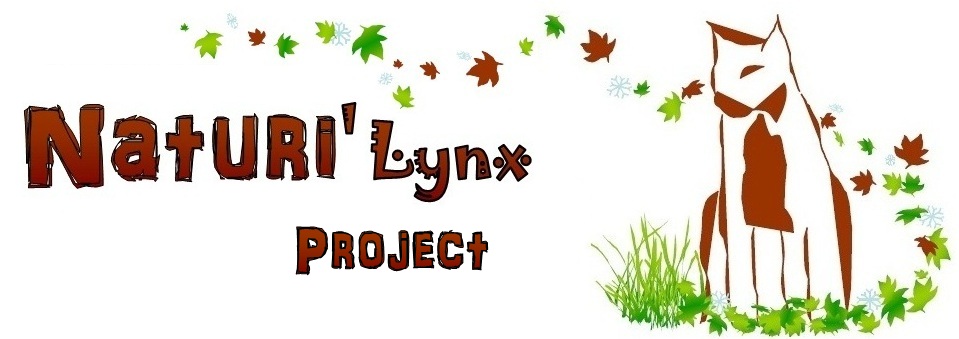Originally,
it was a commission established in France in 1936,
following the appearance of the lynx in France France
I summarize the Network operation below:
I summarize the Network operation below:
Now the Lynx Network has over 1 000 people with different sensitivities (vet, forest ranger,
association for nature conservation, naturalist, wolf-hunting lieutenant,
hunters…etc) known as “correspondents”.
These people are trained to identify signs of the presence of lynx (prey
remains, hairs, footprint…etc) and take testimonies on adapted forms.
If you see a lynx or signs of its presence,
they are the ones you have to contact. You should never handle a dead lynx for
example; it is protected specie so only a person authorized of the Lynx Network
can.
Then they pass all their signs at
departmental director (the Network is currently present in 18 department of
Alps, Jura and Vosges ).
The ONCFS
centralizes and analyzes the data collected each semester and distributes a
newsletter twice a year, open to all: the information
bulletin.
The information bulletin of the Lynx
Network was an information and linking document for the correspondents. Over
time, still retaining its original spirit, it became the only general
information document on the monitoring of the species in France
An annual meeting hosted by the national
coordinator takes place in each department.
The method of collecting signs of the presence
of lynx is standardized and the success of this monitoring entirely depends on
the mobilization of the correspondents
of the Network.















